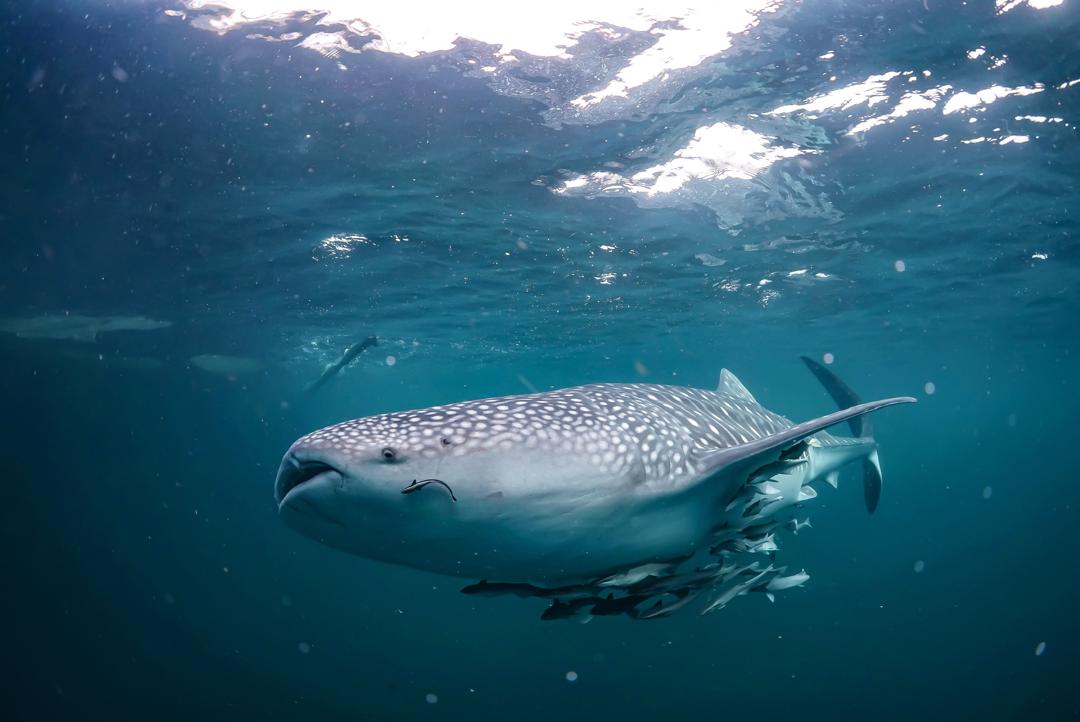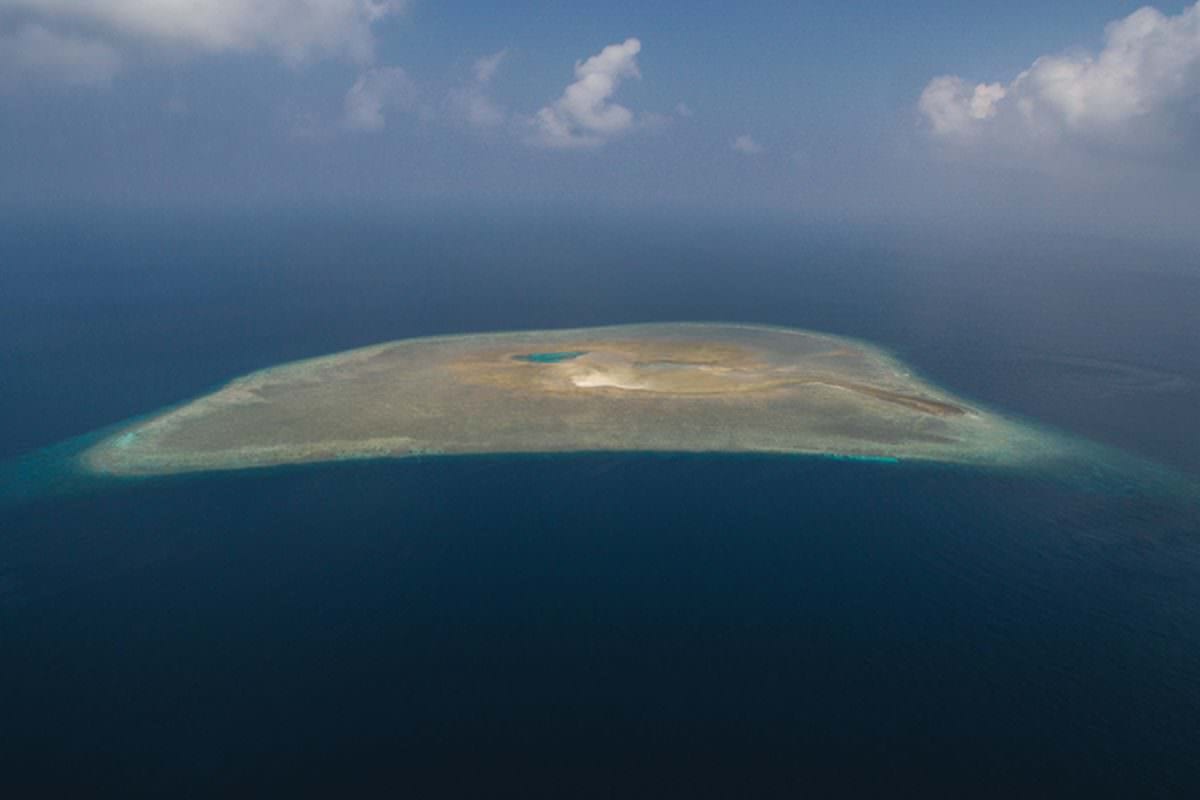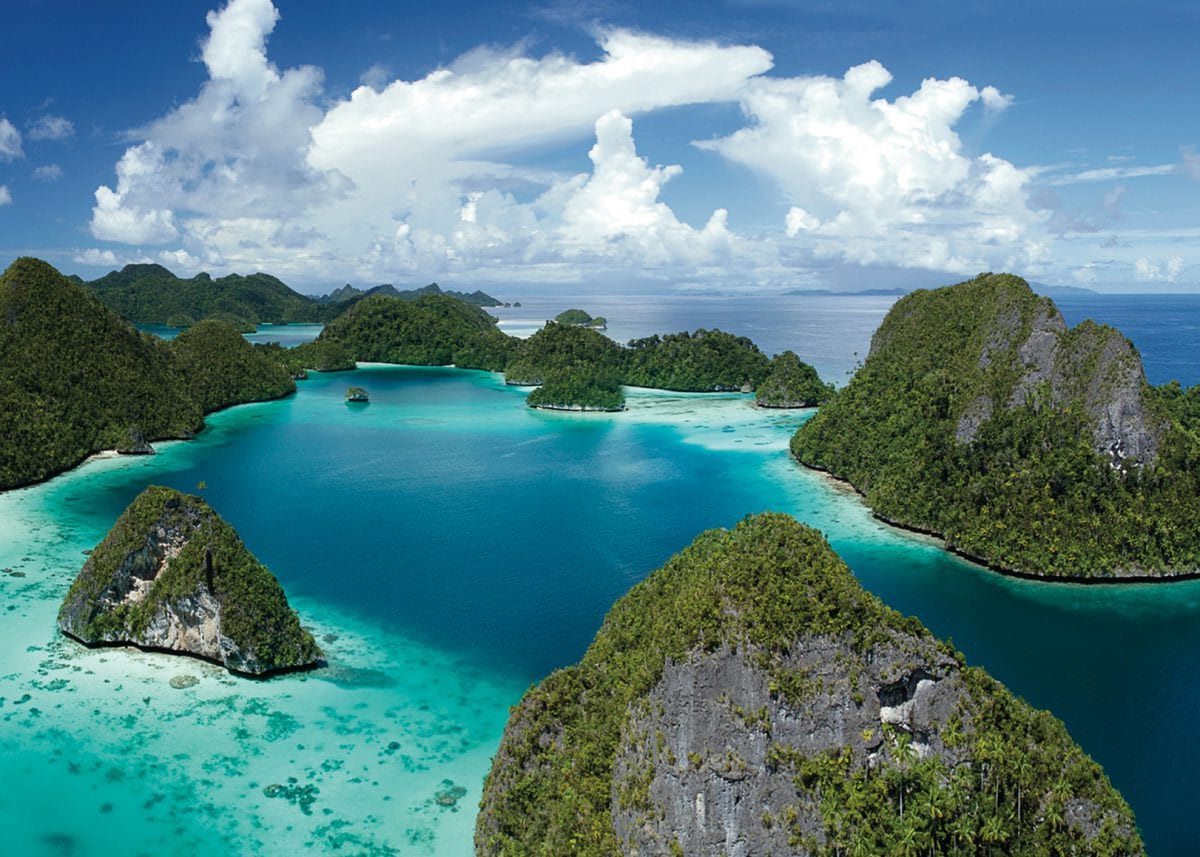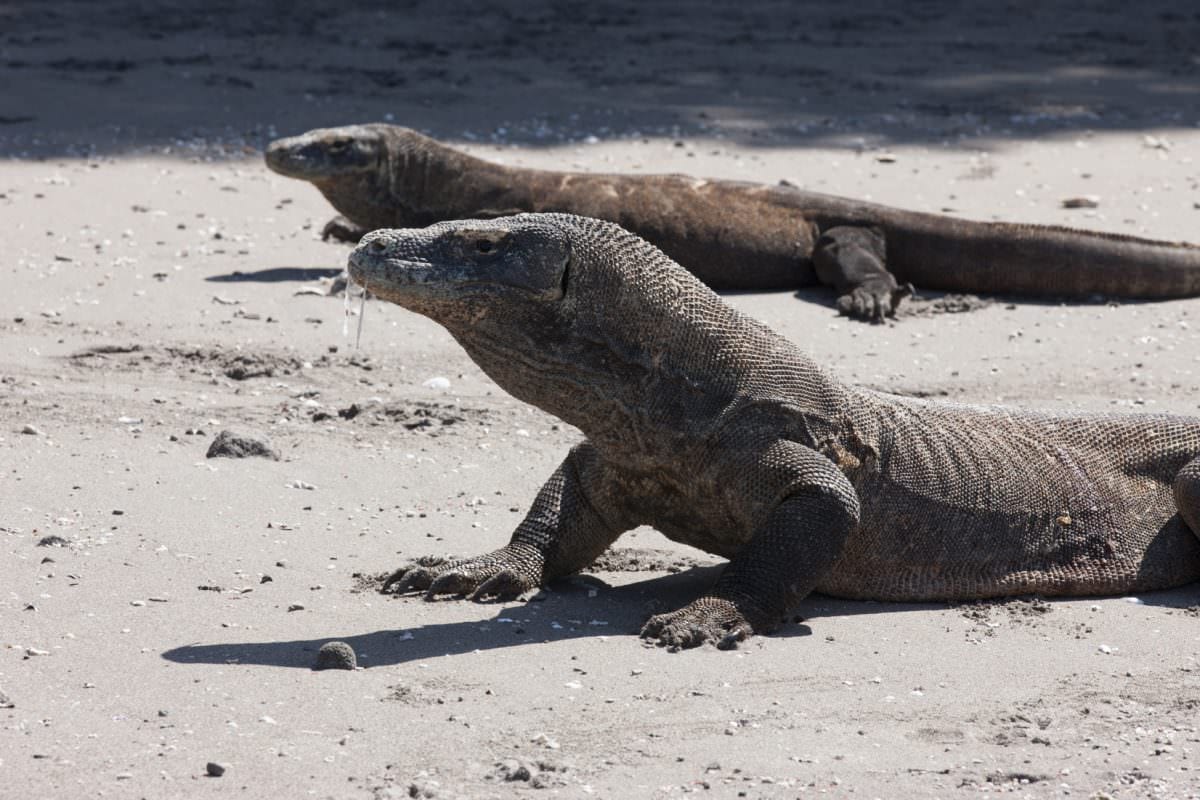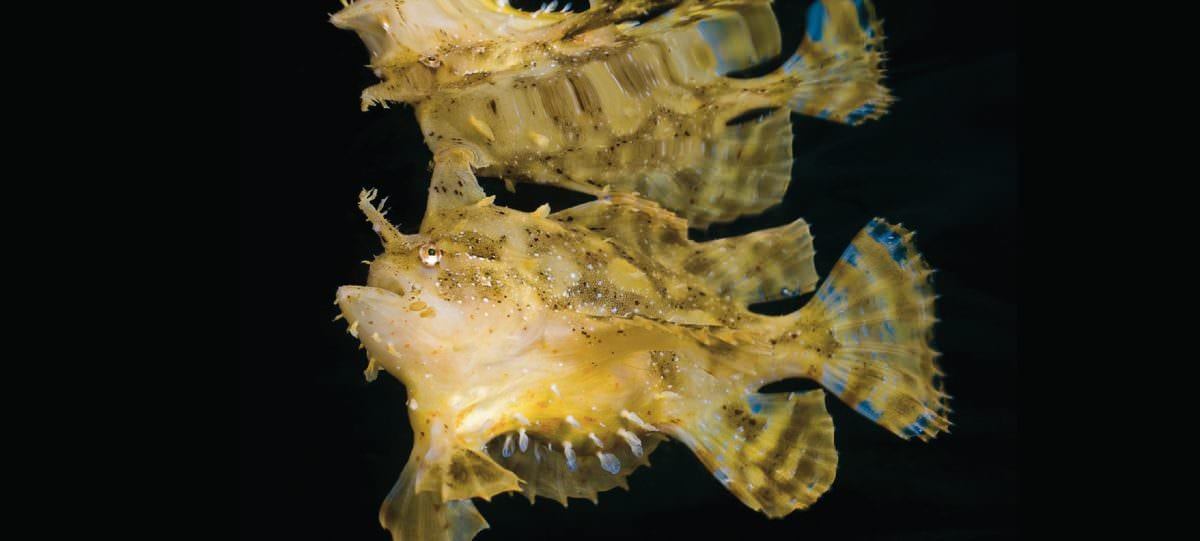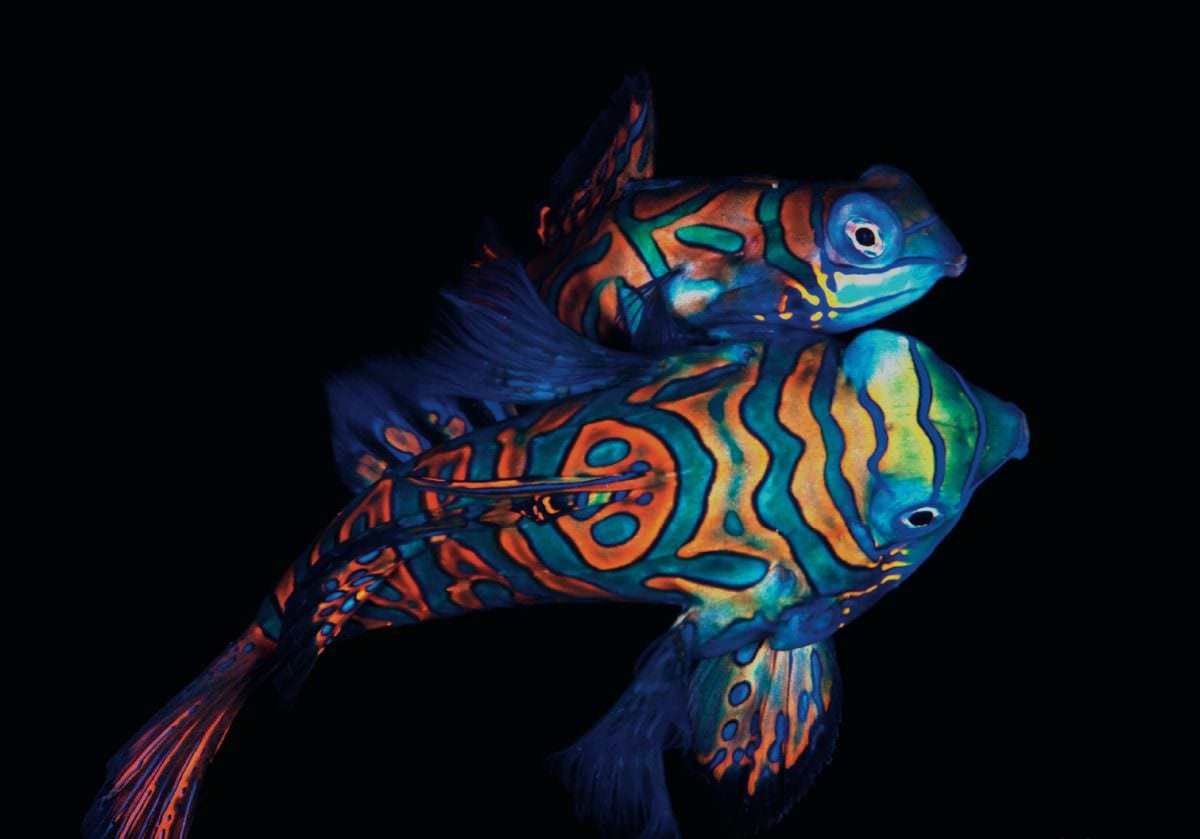In addition to varied corals, critters and pelagics, this destination offers vibrant and colourful underwater scenes plus also majestic landscapes, making it a perfect destination for keen photographers. The only problem with diving here, in Raja Ampat, is that you’ll be so spoiled by the near-perfect conditions that you may never want to leave or dive anywhere else again.
Spread across 1,500 virtually untouched islands, the waters of the Raja Ampat region are home to the most colourful, pristine and photogenic soft coral reefs, as well as a wide range of creatures from walking sharks to mantas to pygmies. Raja Ampat can boast over 1,300 reef fish (25 endemic species), 13 marine mammals, 5 species of endangered sea turtles, 600 hard corals and 75 % of all known coral species.
When you join a cruise featuring Raja Ampat, all the famous dive sites such as Dampier Strait, Manta Sandy, Boo and Misool are on the agenda. Most cruises start and/or end at the provincial capital – Sorong – in West Papua (previously known as Irian Jaya). Sorong, which sits on the western coast of Papua island, is almost equidistantly located between Indonesia’s famous “island of the gods” – Bali – and the capital of neighbouring Papua New Guinea – Port Moresby (roughly 1,060 nautical miles east of Bali, versus 1,080 west of Port Moresby).
Raja Ampat, translated directly as “four kings”, was named for the 4 main islands in the area – Batanta, Misool, Salawati and Waigeo. We cruise by these 4 main islands, as well as many smaller ones, as we take you to explore dive sites truly fit for a king.
PAPUAN DIVE SITES
West of Sorong, Batanta Island will give you the chance to experience the amazing diversity of diving in Indonesia. Along the south coast are 2 incredible muck dives, where divers enjoy close encounters with all sorts of intriguing critters. At Black Beauty and Happy Ending look for tiger shrimps, ghost pipefish, mimic octopus and many nudibranchs. During the night bobbit worms, white V octopus and frogfish can be found hiding in the black sand.
In the south of Raja Ampat, we dive various sites around the large island of Misool. Dive at Nudi Rock, Whale Rock, Batu Kecil, Fiabecet Corner and Kalig Ridge. Wobbegong sharks hide under colourful coral shelves and the elusive Epaulette “walking” shark comes out at night. Marvel at the overhangs and bommies of Wedding Cake. At Wayili Rock, witness large schools of batfish, trevallies and barracuda. Explore Boo Rock and Boo Point, for large Napoleon Wrasse and Green Turtles. Try out your photo skills at Boo ‘windows’ as dive-buddies swim through the opening in the submerged rock past a reef draped in soft corals and brimming with fish.
South-east Misool is famous for the profusion of colourful soft corals and sea fans beautifully draped all over the reefs. If you’re not one already, then diving in Misool will undoubtedly make you a huge fan of sea fans. Jump in at Neptune Fan Sea for a great drift dive, rushing along a gulley past giant and exquisitely-coloured gorgonian seafans.
East of Misool, we visit the Wagmab area. Drop in at Edi’s Cave for something a little different, as we pop up half way through the dive to take a breath inside the cave! At the Wagmab Corner dive site, look for wobbegong sharks resting under ledges or on top of cup corals.
Back in central Raja Ampat, just north of Batanta (in the Gam area, south of Waigeo island), expect huge schools of fusiliers, snappers, surgeons, batfish and barracuda. Wobbegong, black tip and white tip sharks cruise the reefs here and look out for the elusive blue ring octopus creeping around the hard corals.
In south-west Gam, we dive at Arborek Jetty for pipefish, cuttlefish and octopus. The fish life in this area is plentiful. The newly discovered Pontohi pygmy seahorse can be found on the coral heads and see the giant clam nestled among the pulsing soft corals. At night listen for the toad fish croaking from under the rocks.
Also nearby, Manta Sandy is well-known for much bigger visitors, as it is one of the most consistent spots for finding congregating mantas. It’s easy to spend a whole dive observing these majestic animals as they somersault through the water while being cleaned. If you’re lucky, you’ll be able to witness the unforgettable sight of a “manta train” – where a dozen or more mantas glide around and follow each other head-to-tail.
Heading to the northern Raja Ampat area, we visit a pearl farm in Aljui Bay (north-west side of Weigeo), to explore underneath the main jetty for wobbegong sharks, stonefish, hundreds of schooling scads, ghost pipefish, juvenile batfish and more. Nearby, the night dive is probably the best of the whole cruise, with a chance to see velvet fish, ghost pipefish, waspfish, coconut octopus, helmut flying gunnards and even the walking shark.
West of Waigeo, the rocks and seamounts in the Kawe area are truly singular as they actually sit on the equator. Kawe is one of the few places in the world where you can travel between the northern and southern hemispheres while diving! Yet, this is not the only reason to be excited about this dive. A combination of currents and feeding stations in this area combine to draw in a profuse amount of fish life, as well as huge mantas.
Cruising even further to the north, we visit the Wayag area. This isolated, uninhabited area sprinkled with verdant limestone islands, bordered by slivers of white sandy beaches and palm trees, represents what people usually have in mind when they think of paradise. The only thing to rival the landscape here is the diving. It is truly spectacular, with extensive and untouched hard coral reefs. As the majority of Wayag’s islands have yet to be explored, it is very likely that many more dive sites will be found in this still remote area.
Returning to central Raja Ampat, we head to Dampier Strait (which flows between Waigeo and Batanta), where nutrient-rich ocean currents create an incredible underwater environment. Everything which makes for a wonderful dive can be found here. Explore the dives sites of Cape Kri, Blue Magic, Chicken Reef, Otdima Reef, Kerupiar Island and Mioskon. Ironically, sardines are about the only reef fish not found at the site of Sardine Reef, but you won’t even notice as fusiliers, surgeonfish, trevallies, rainbow runners, sweetlips and bannerfish practically block out the sky, as they swarm over a reef decorated with sea fans, soft corals and huge orange elephant ear sponges encrusted with pastel colonies of tunicates. One of the more unique thrills of this site is being able to hear “fish thunder” – the loud booming sound made when a large number of fish move rapidly through open water.
PAPUAN BIODIVERSITY
As many divers know, Indonesia is located in the very centre of the Coral Triangle and the variety of species seen underwater is truly astonishing. In certain bays and around small islands, you can find more species than in the entire Caribbean.
Specifically, in Raja Ampat, Gerald Allen (world-famous ichthyologist) counted the incredible number of 284 different species of fish during a single dive (at Kofiau Island). If that wasn’t enough, 64% (505) of the entire world’s known coral species have been found in the waters at Raja Ampat and 75% of the world’s total species of scleractinian (hard) corals cover Raja Ampat sea beds! As a result, scientists nowadays believe that this destination is the world’s current no. 1 spot in terms of biodiversity.
Basically, very few places can compete with Raja Ampat’s unparalleled and untouched marine environments: underwater caves, mangroves, rainforest fjords inhabited by the most extraordinary and varied underwater life.
Raja Ampat is supported by currents extremely rich in plankton, resulting in huge schools of fish and shoals of pelagics. Fans of macro and strange creatures are sure to get their fill as well, with regular sightings of many oddballs, both big and small. If all of that isn’t enough, wreck aficionados can also enjoy the World War II ships and planes that have come to rest in the region.
With excellent diving possible year round, is it any wonder that Raja Ampat is considered the world’s hottest spot of biodiversity?
